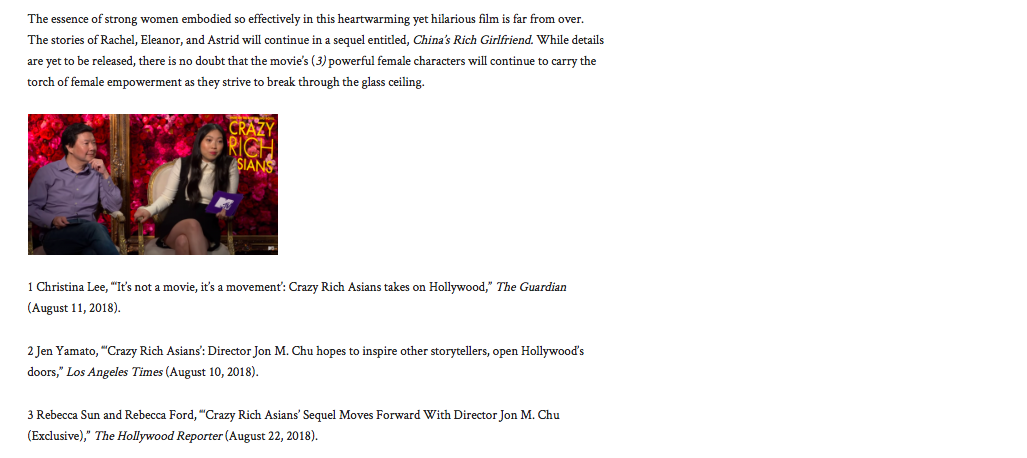In my AP Literature class, we often read various works of writing to analyze an author's style and voice. I was especially fascinated by Gabrielle Hamilton's piece, "Killing Dinner," in The New Yorker as it took me by surprise and provided a gruesome perspective into a process most people choose to overlook. I decided to study her work in more detail, noting her choice of diction and description.
Gabrielle Hamilton somehow makes it even more blood-chilling. By capturing every gory detail, Hamilton is able to paint a picture of her experience killing a chicken and explains her fluctuating emotions as a result of the horrific actions that take place. Instead of simply butchering animals for the purpose of consumption, she takes it to the next level with gruesome, visceral diction: “carved tongues,” “fastened baby lambs,” “dislodge its warm guts,” etc. Although we all understand the process that allows us to eat meat, we choose to look the other way and blindly accept it. Hamilton, however, forces readers to face the atrocity of slaughter head-on and truly see it for what it is. While this undoubtedly leaves a nauseating effect on the reader, it also provides an intricate and explicit description of the actions that took place. But despite the fact that Hamilton becomes responsible for an innocent chicken’s death and suffering, her humanity shines through and leaves readers in a state of sympathy and understanding. For a 17-year-old girl to be faced with such a task is a difficult feat - both emotionally and physically. Not only does she have to deal with the ethical struggle of killing a living thing, she also has to cook it, eat it, and withstand her father’s disappointment and criticism. In the midst of such a gruesome story, it is a relief to see the killer’s humanity.














